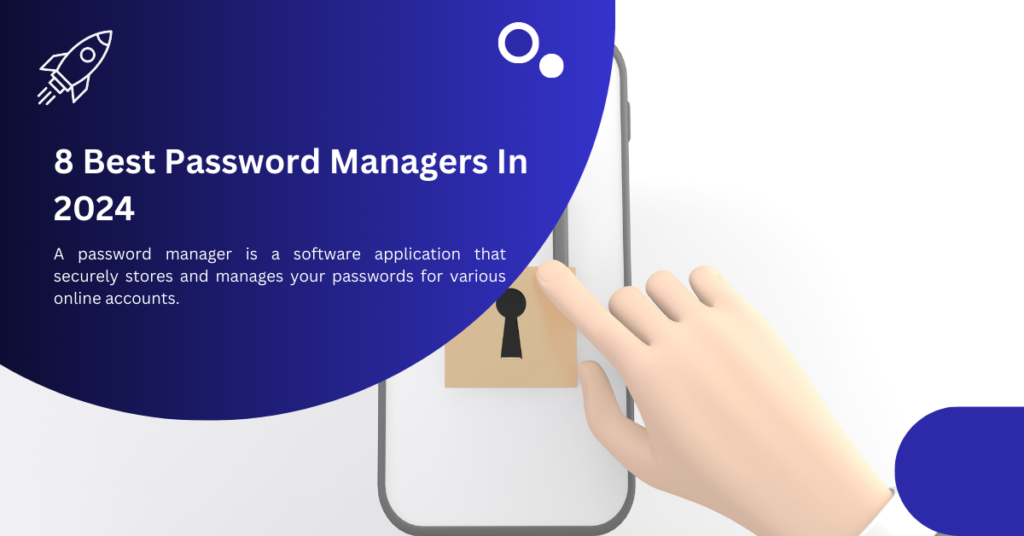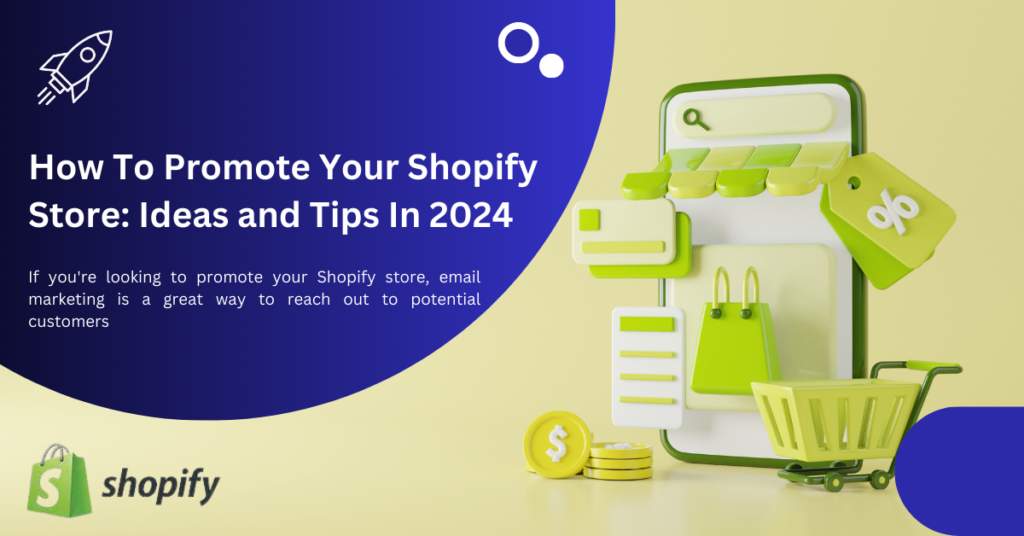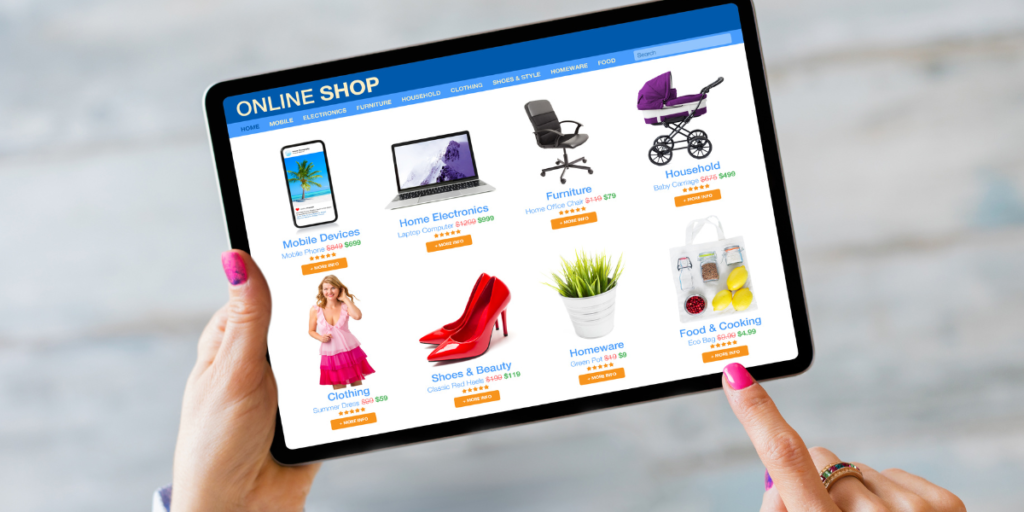3 Powerful Keys to Unlock Your Content Strategy and Spark Engagement
Is your content strategy languishing online, failing to spark the engagement you crave? You’re not alone. Even the most well-intended […]
3 Powerful Keys to Unlock Your Content Strategy and Spark Engagement Read More »
Business Guides








